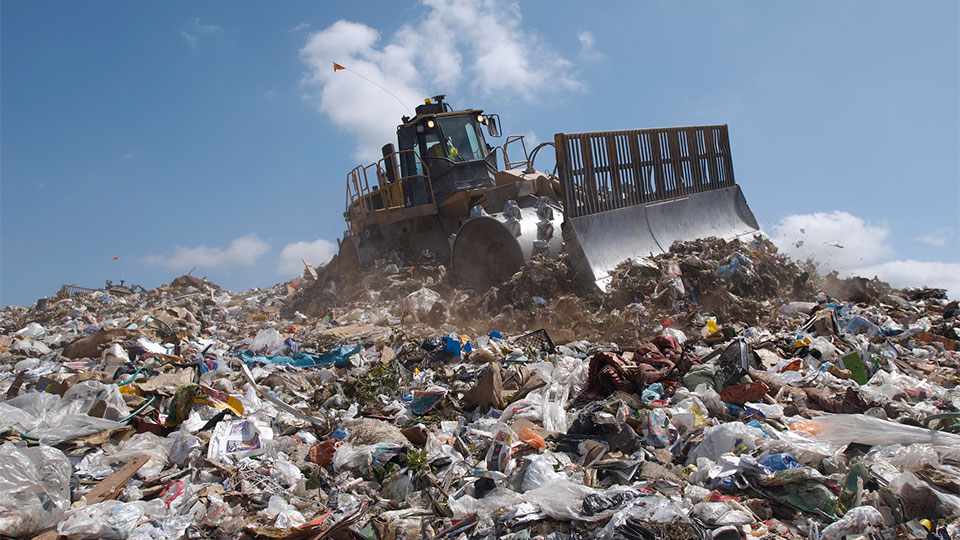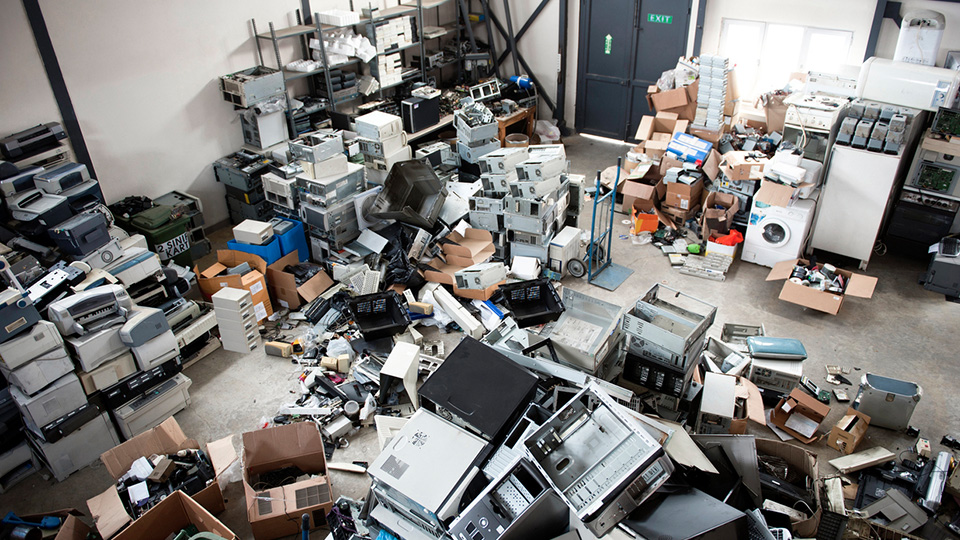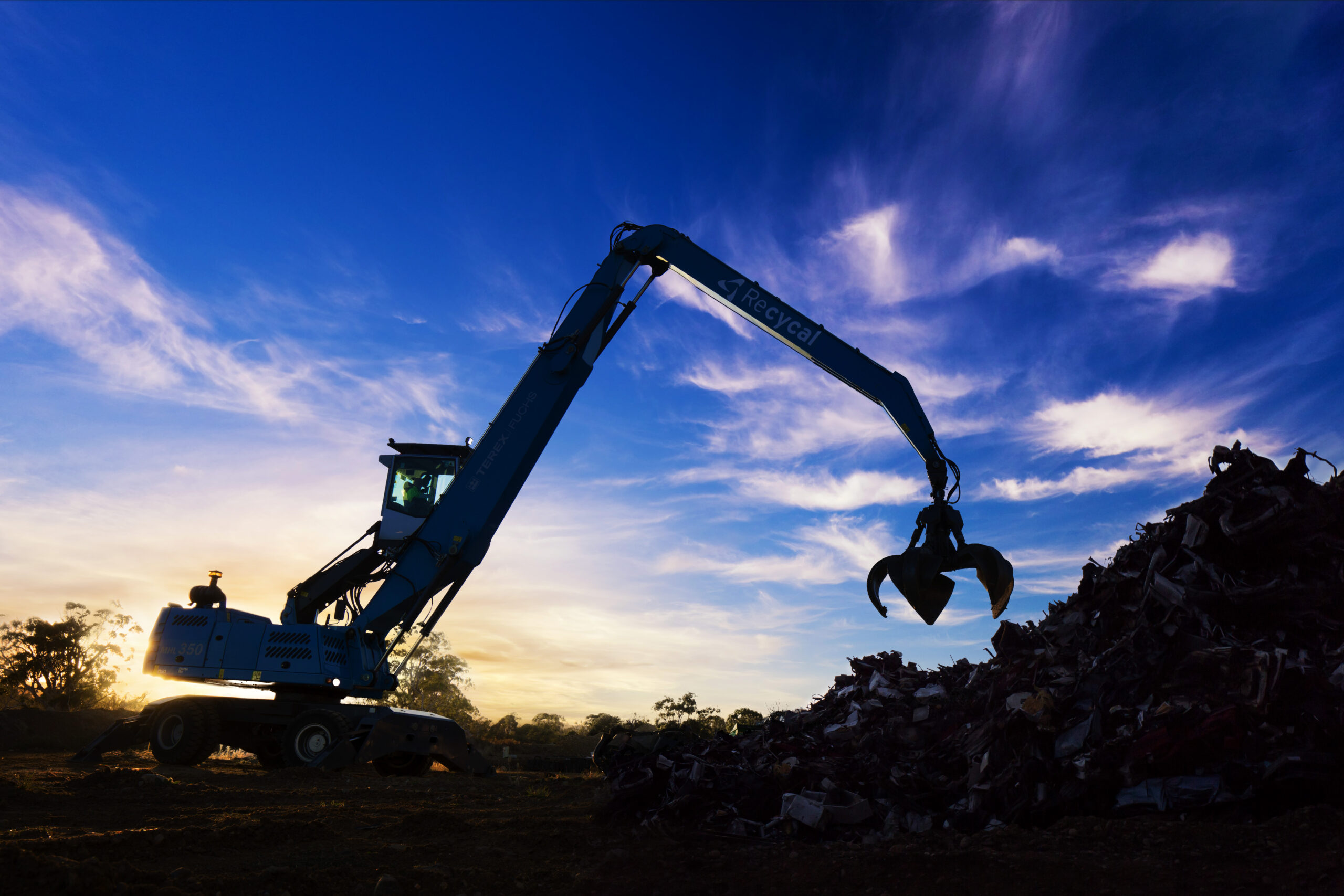E-waste: It stands for electrical and electronic waste, and it’s usually defined as anything that plugs into a power point or runs on batteries and that has reached the end of its useful life.
That doesn’t mean something is broken; it may just be technologically obsolete.
Some people expand the definition of e-waste to include related items such as video cassettes and floppy disks – things that depend on electrical equipment to function.
With such a broad definition, it’s clear that e-waste encompasses an enormous range of products, from hearing aids, watches, phones, computers and printers, to refrigerators, industrial machinery, electric bikes, trucks and cars.
With our ever-increasing reliance on technology, e-waste is one of the most rapidly growing categories of waste.
Governments are waking up to the magnitude of the e-waste problem, and bans on its disposal in landfill are being rolled out.
That leaves recycling as the most viable option for the disposal of e-waste.
Rich in resources
E-waste is a rich source of many useful materials including steel, aluminium, copper and gold.
Some e-waste products also contain a lot of plastic.
Ideally, this is recycled back into new plastic products, but if that’s not possible, it may be used to produce fuel.
Unfortunately, e-waste can also contain hazardous materials, including mercury, cadmium and lead, and it is important that these be kept out of the environment.
Suite of technology
With so many different materials contained in e-waste a whole suite of technology is required to separate out and recycle each one.
Take the recycling of fluorescent lighting. First, tubes and lamps are crushed. This allows glass and aluminium to be separated out for reuse. The phosphor powder, which contains mercury, goes through a distillation process. This yields high purity mercury, much in demand by the dental industry, and clean phosphor powder that can be used to make new fluorescent lighting.
Whether it’s batteries or TVs, computers or phones, clever people are continually inventing new and improved methods of extracting the valuable materials contained in e-waste.
Not only is this critical for environmental reasons, but for economic reasons, too.
Shared responsibility
Everyone has a role to play in the effective recycling of e-waste:
- Governments set the regulatory framework
- Manufacturers can make their products more recyclable, and use more recycled materials
- Businesses need to recycle rather than dump e-waste
- The recycling industry can roll out the technology and capacity to process all e-waste
- Individually, we all need to take responsibility for our contribution to e-waste.
The good news is that tackling e-waste is easy.
To find out where you can take household quantities of e-waste for recycling, visit recyclingnearyou.com.au.
If you have a commercial scale e-waste problem, give us a call on 1300 32 62 92 or fill in the form below to find out just how easy it is to recycle with Ecocycle.





